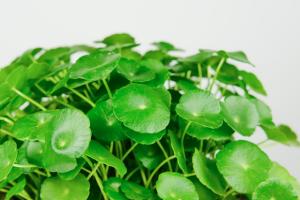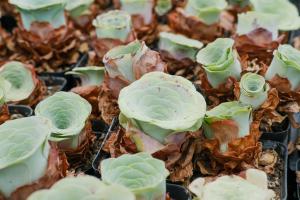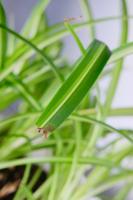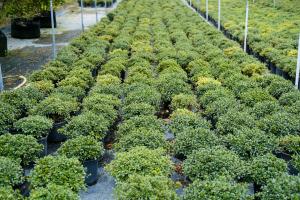Introduction
Plants play a crucial role in maintaining the balance of the ecosystem. They are responsible for producing oxygen and absorbing carbon dioxide. However, in order to survive, they must also have mechanisms for preventing water loss through evaporation. This article will discuss the different ways in which plants prevent water loss.
Cuticles and Waxes
One way in which plants prevent water loss is through the use of cuticles and waxes. Cuticles are waxy layers on the outside of a plant's leaves and stems that help to reduce water loss. Waxes are also produced by plants and are often found on the cuticle. The waxy layer helps to create a barrier that prevents water from escaping through the cuticle. This barrier also protects the plant from potential threats such as insects and fungi.
Stomata Control
Another way in which plants prevent water loss is through the control of their stomata. Stomata are small openings on a plant's surface that are used for gas exchange. Carbon dioxide enters through the stomata, and oxygen is released. However, water vapor can also leave through the stomata, which can lead to water loss. To prevent this, plants control the opening and closing of their stomata. When water is scarce or temperatures are high, plants will close their stomata to prevent water loss. When there is enough water available, they will open their stomata to allow gas exchange.
Root Structure
The structure of a plant's roots can also help to prevent water loss. Some plants, such as cacti, have roots that grow deep in search of water. This allows them to access water reserves that are not available to other plants. Other plants have roots that spread out near the surface of the soil. This allows them to quickly absorb any available water before it evaporates.
Camouflage and Protective Structures
Plants in dry and arid environments often develop protective structures and camouflage to prevent water loss. For example, some plants have developed gray or silver leaves that reflect sunlight and heat, reducing the amount of water lost through evaporation. Other plants have developed spines or thorns to protect themselves from animals and to reduce surface area, which can also limit water loss.
Conclusion
Plants have developed a number of strategies to prevent water loss through evaporation. These include the use of cuticles and waxes, stomata control, root structure, and protective structures and camouflage. By employing these strategies, plants are able to survive in a wide range of environments and play a vital role in maintaining the health of the planet.

 how many times do yo...
how many times do yo... how many planted tre...
how many planted tre... how many pine trees ...
how many pine trees ... how many pecan trees...
how many pecan trees... how many plants comp...
how many plants comp... how many plants can ...
how many plants can ... how many plants and ...
how many plants and ... how many pepper plan...
how many pepper plan...































